I received copies of my newest new book this weekend!

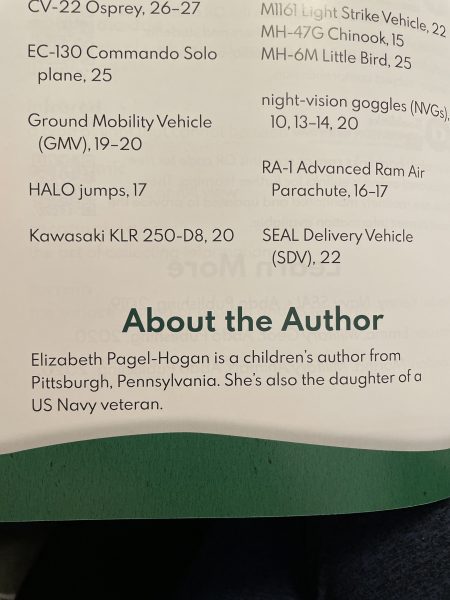
I received copies of my newest new book this weekend!


Is #PitMad worth it?
Did you have any luck at the most recent #PitMad? I think a lot of people think that unless they get a book contract sent via DM that day, they failed. But I say you need a broad definition of success. Here’s how it worked for me, and why I think it’s worth it.
In June 2019 I tweeted this:

Then I tweeted it again in September 2019. An editor liked it. So I contacted the editor. She told me her publishing house didn’t do picture books. So she asked if I’d put together a middle grade proposal. I said YES!
So, I did. I sent in the proposal in January 2020!
But they said NO. Or at least, they said “not at this time.” Here’s the direct quote:
“While we aren’t ready to make an offer on this proposal right now, I’d be happy to follow up with you in a few months…”
So I took the proposal to SCBWI NY 2020. I pitched it at a pitch session there, and an agent asked to see it. In September 2020, she said “I don’t like it like this – would you rewrite it as a graphic novel?” The picture book that became a middle grade nonfiction is now a middle grade historical fiction graphic novel. After a lot of research and writing, I’m almost done the first full draft.
BUT. ALSO. The editor who first liked my tweet? I contacted her in August 2020 and asked if she had any projects that needed authors. She said YES. And after I sent in two proposals, then revised one, and revised it again…I got a contract for Animal Allies.
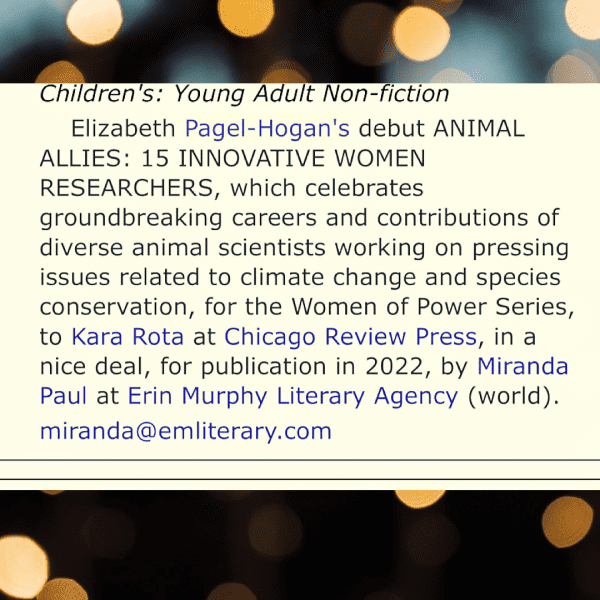
And as you can see, I signed with my wonderful agent, Miranda Paul.
That’s how #PitMad worked for me. The next #PitMad is in December. Give it a shot. And keep your definition of success nice and broad.
In 2016, I was picking my kids up from art camp when I received a phone call from a New York phone number. Since this was the summer of 2016 (and the election had not yet happened) I was just still a naive, optimistic person. I answered the phone.
It turns out I had won a fellowship from Pen Parentis. It was an incredible feeling.
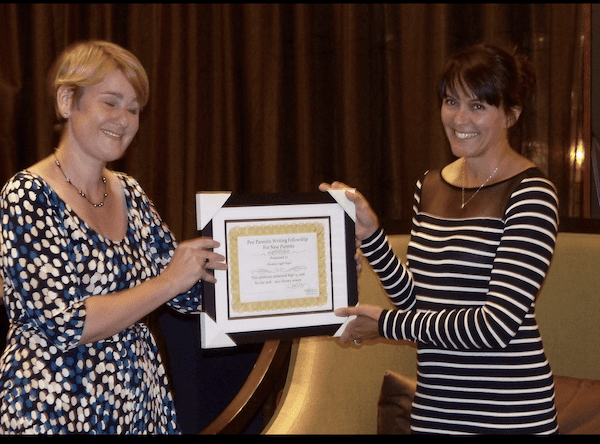
Read more about the all the Pen Parentis fellows here!
In 2021, Pen Parentis is once again giving me incredible feelings. I’m reading and speaking at their opening salon featuring middle grade writers on September 14, 2021!!! That’s my birthday!!!
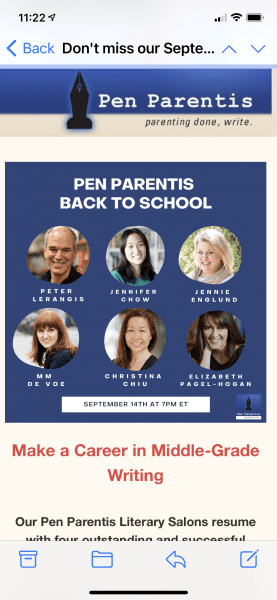
I hope you join us!

It’s so thrilling to know the birds are on their way south!
Follow along with the raptor migration over Hawk Mountain here!
If you can get up early and look and listen in your own backyard, it’s worth it.
Get real time bird migration maps at BirdCast!
My new book Ocean Plastics Problem: A Max Axiom and the Society of Super Scientists is now available!
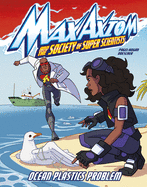
When I wrote my book The Science and Technology of Leonardo da Vinci, one of the things that really captivated me was how Leonardo learned a lot from an early scholar and scientist, Alhazen. I’d never heard of Alhazen before, but he did a lot of exciting work. 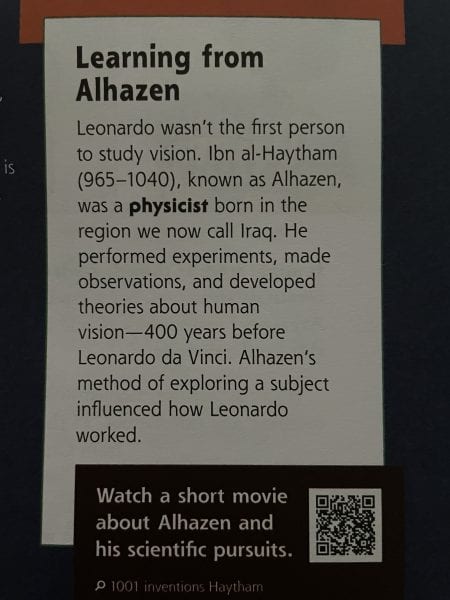
It turns out Alhazen is the Latinized version of his real name, Ḥasan Ibn al-Haytham. He’s was a polymath and studied optics. He was a leader during the Islamic Golden Age. There are some books about him, and he wrote books himself. But the world could always use more books and I hope someone writes a book for kids exploring how Hasan Ibn al-Haytham saw the world.
Take a look at this Wikipedia page about him and explore the primary and secondary sources at the bottom of the entry to find further reading!
View this post on Instagram
I’ve attended so many excellent Highlights Foundation courses over the past several years. Each one has helped me uncover big and small ways to develop my creativity and productivity.
Now I’m so thrilled to be announce I’m working with the Highlights Foundation! I’m so honored to be helping an incredible faculty at the online summer workshop on writing nonfiction for kids. Check out this workshop and all of their other offerings and sign up today!
Over the weekend, someone asked me what kind of books I write. I mentioned I write books that fit into the STEAM category.
“I thought it was STEM,” this person said.
“There is STEM and there is STEAM,” I explained. “The A is for arts, and it makes sense as so much of art and mathematics and science are related.”
I didn’t know this – but the original acronym for STEM was SMET. Not nearly as easy to remember. I learned a little of the history of STEM and STEAM from this interesting article by Lisa Catterall.
Now STEAM and STEM are common words for teachers, librarians, educators, and of course – writers. Looking for excellent STEAM books? Then check out SteamTeam Books!
You’ll find my books there and over 50 other incredible STEAM books for readers of all ages!
I’m sure some people are wondering: are virtual author visits for students worth it? The answer is YES.
I had a fantastic time visiting five classrooms last week over Zoom. I know it’s been hard not seeing people in person, but I was so grateful for this opportunity. The students, from first grade to fifth grade, were polite and funny and curious and wonderful. I shared some of my favorite Leonardo da Vinci stories and they shared their ideas and questions. If you’ve been wondering if virtual author visits are worth it, they are.
View this post on Instagram
I had a lot of fun putting together this book trailer – I hope you enjoy it!
Order your copy of The Science and Technology of Leonardo da Vinci today!